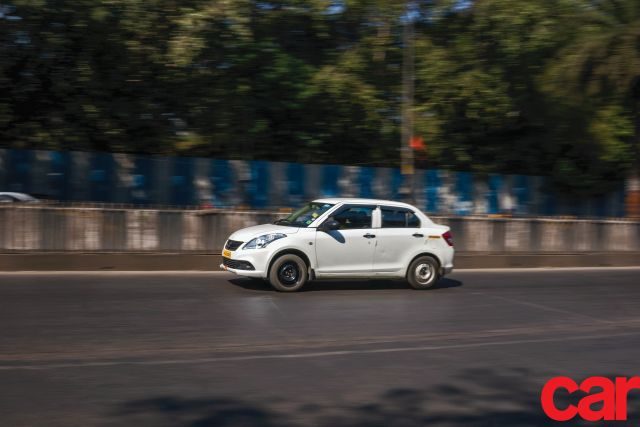
The CEAT Milaze X3 tyres have successfully completed the third phase of our comprehensive long-term test. A long-term test is one of the most gruelling trials a product has to undergo to prove its mettle. Even if it has been tested extensively in a laboratory and has mountains of data to support the manufacturer’s claims, there is nothing quite like a good old real-world test. The Ahura Car Services cabs that we shod with these tyres for this particular test have been operational for nearly a year now. Recently, we conducted a periodic inspection for the third time as one of the cars has clocked almost 60,000 km with the Milaze X3s. The results were favourable and so was the feedback we received from the drivers and passengers.
Product Portfolio
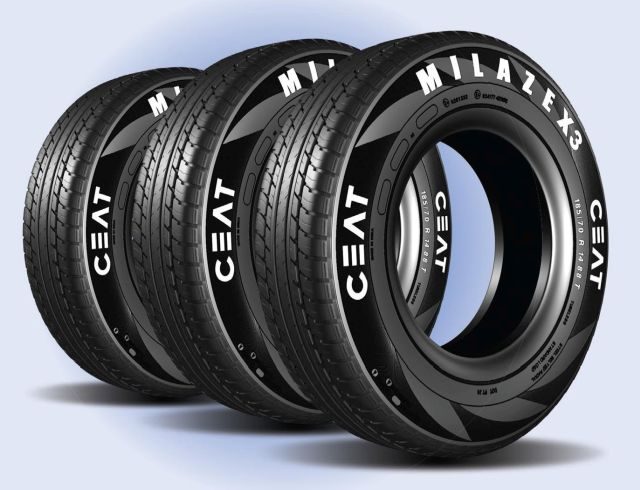
Milaze X3s are available in four rim sizes: 12- to 15-inch wheels. The tyres also have different dimensions for each wheel size, bringing up the total to 19 options. CEAT have also said that they plan to include more options to cater to some of the recently launched cars. The sizes available in the market are as follows:
Tube and tubeless:
• 145/70R12 • 145/70R13 • 145/80R12 • 155/70R13 • 165/65R13 • 165/80R14 • 175/65R14
Tubeless only:
• 145/80R13 • 155/65R13 • 155/65R14 • 175/70R13 • 155/80R13 • 165/65R14 • 175/65R15 • 175/70R14 • 185/65R14 • 185/70R14 • 205/65R15
Compatible Cars
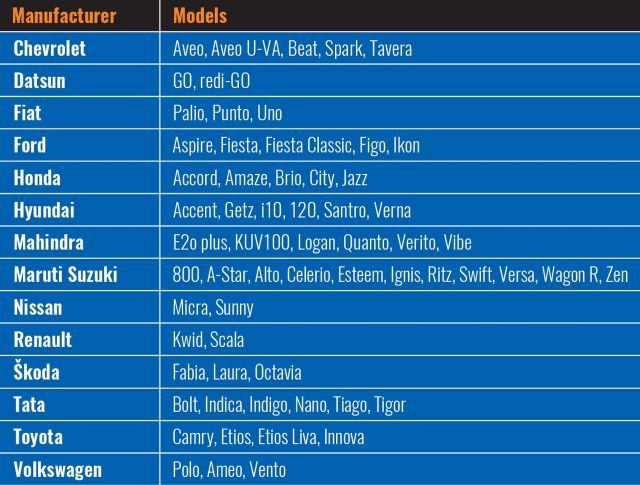
CEAT claim that the Milaze X3 range is available for as many as 79 vehicles in the Indian four-wheeler market. The list includes cars from popular manufacturers like Ford, Honda, Hyundai, Maruti Suzuki, Tata, Volkswagen, and many more. Popular vehicles include the Amaze, Brio, City, i10, i20, Alto, Swift, Wagon R, Indica, and Polo.
CEAT have made sure that their tyres will be available for old vehicles as well, mostly from the early 2000s. Most recently launched and popular vehicles are already a part of their portfolio and CEAT are already busy supplementing it with the latest cars. To confirm if your car is part of the list, you can always log on to the CEAT website and check.
Unique Attributes

• Specifically-generated tread compound enhances tyre life
• High rubber content means uniform wearing and
better mileage
• Ample grip and stable braking in wet conditions
• Wide circumferential grooves
• Rigid shoulder blocks provide better road grip
and cornering capabilities
What They Said
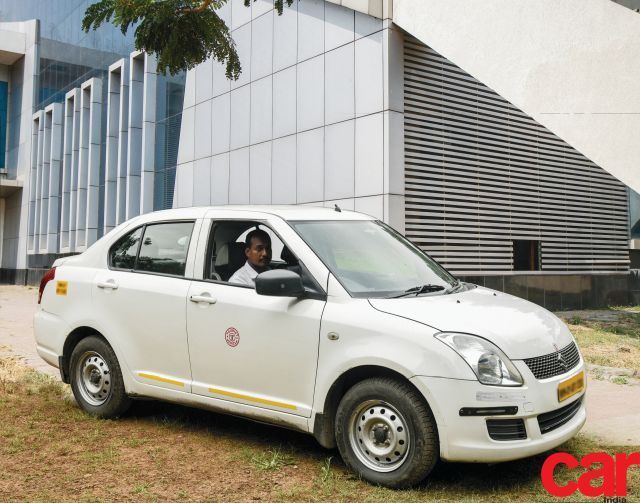
The last time we checked, the cab in question had done about 36,000 km and was subjected to a check-up where it was determined that a tyre change was not required. Over the months that followed, the car has been in use regularly and has completed 60,000-odd km. So, when we went to check the condition of the tyres, we were expecting a few cracks, uneven wear, and, maybe, a couple of punctures. After all, they have been driven over all kinds of
surfaces — from broken paths to poorly maintained roads.
The sidewalls of the tyres were in top shape, blemish-free, and far from deterioration. Tread depth had decreased fractionally and, more importantly, the wear on the tyres was even throughout. The tyre tread depth test proved that the NSD(Non skid depth) was still at an impressive 4.2mm as compared to 7.8mm of a new tyre. Even so, the wear on the tyres did not reflect the tyres’ mileage and they looked good enough to reach their expected life of one lakh kilometres. More on that in the forthcoming test.
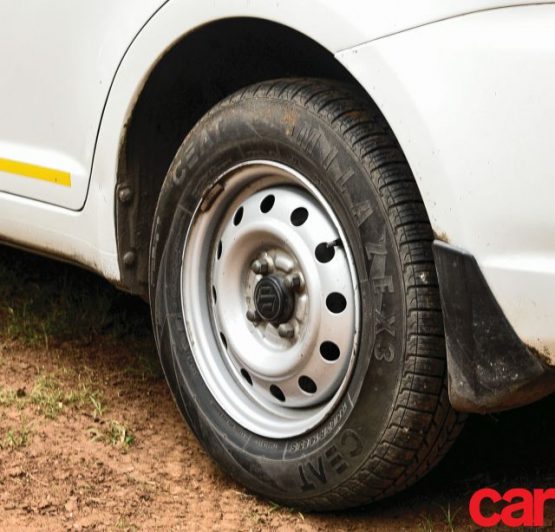
We also had a chat with the driver of the car who assured us that he did not have any complaints about the levels of grip on offer around corners or the ride quality. A few regular passengers also supplemented his feedback and they, too, had encouraging words to say about the ride comfort.




